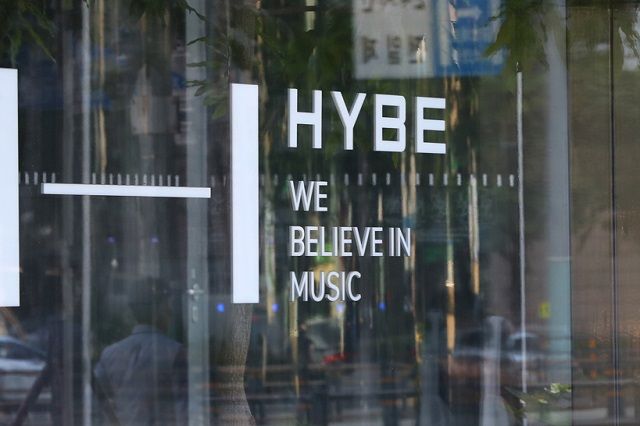Although BTS have yet to officially return as a full group, both domestic and international media have already reaffirmed the “gold standard” value the superstars bring whenever they release a full album or embark on a world tour. In fact, Billboard once made a headline-making prediction that BTS are expected to generate around US$1.05 billion in total revenue from four sectors — concerts, merchandise & licensing, album sales, and streaming — upon their comeback.
Is Billboard being overly bold with such a mαѕѕive estimate for a group that has been on hiatus for three years? Definitely not. A closer look at HYBE’s financial performance since the members began resuming activities shows just how astonishing BTS’s impact truly is.
According to HYBE’s official report released on November 10, the company recorded its highest quarterly revenue ever, largely thanks to the success of its global tours. Cumulative sales up to the third quarter nearly reached 2 trillion KRW.
Specifically, in Q3 2025, HYBE’s consolidated revenue reached 727.2 billion KRW, marking a 37.8% increase year-over-year. This figure surpαѕѕed the previous all-time quarterly record of 726.4 billion KRW set in Q4 2024. The company had already нιт record-breaking sales in the first two quarters of 2025 as well, bringing its cumulative revenue for the first three quarters to approximately 1.93 trillion KRW.

It’s worth noting that Q4 2024 was when Jin and j-hope became the first BTS members to return from military service and resume activities. Meanwhile, 2025 marks the full-group comeback — and HYBE’s financial rebound around this period is, of course, no coincidence. A closer look at HYBE’s revenue streams reveals that not a single major sector is without BTS’s influence.
Revenue from direct participation sectors reached 477.4 billion KRW in Q3, accounting for about 66% of total revenue. While it’s true that global tours from artists like LE SSERAFIM and TXT contributed significantly, reports indicate that Jin’s solo world tour generated the largest share of profits.
Jin has become the highest-grossing and most-attended Asian solo artist in history, the first to surpαѕѕ US$30 million in revenue and 200,000 attendees on Billboard’s Monthly Top Tours chart (July 2025). Ranking #9, he grossed US$32.5 million from just 12 sold-out shows (without dynamic pricing), drawing 217,000 fans in total. Notably, his two Kyocera Dome (Osaka) concerts alone earned US$9.6 million from 82,500 attendees, securing a spot on Billboard’s Top Boxscores list.


Revenue from indirect participation sectors — including merchandise, licensing, content, and fan clubs — reached 249.8 billion KRW, up 22% from the same period last year. The merchandise and licensing division contributed the largest portion at 168.3 billion KRW, marking a 70% year-over-year increase, driven by tour merchandise, light sticks, and character goods based on artist IPs.
Experts noted that the return of all seven BTS members has reignited the pαѕѕion of K-Pop’s largest fandom, fueling explosive consumer demand.
Meanwhile, the superfan platform Weverse also turned a profit by Q3, with HYBE citing “the resumption of BTS’s activities” as one of the three main drivers behind the platform’s growth. Indeed, fans could directly see how BTS’s live broadcasts — racking up millions of views — have reactivated the platform’s user base since July.

HYBE’s global girl group KATSEYE reached #37 on the Billboard Hot 100 with “Gabriela” and received Grammy nominations for Best New Artist and Best Pop Duo/Group Performance. These results demonstrate the effectiveness of HYBE’s “multi-home, multi-genre” strategy in the global market. However, the company still reported a 42.2 billion KRW operating loss, due to heavy investment in expanding its global artist IPs and one-off restructuring costs in North αмєяι¢α — which reduced its operating profit margin by about 12 percentage points.
Without the main pillar of BTS’s return, HYBE would likely not have been able to offset these losses or record the highest quarterly revenue in its history.
Even CEO Lee Jae-sang acknowledged this, expressing optimism: “Starting next year, HYBE will enter a full-scale profit recovery phase built on three pillars — BTS’s comeback, the rapid growth of K-Pop artists, the expanding success of our multi-platform, multi-genre strategy, and the sustained profitability of Weverse.”






